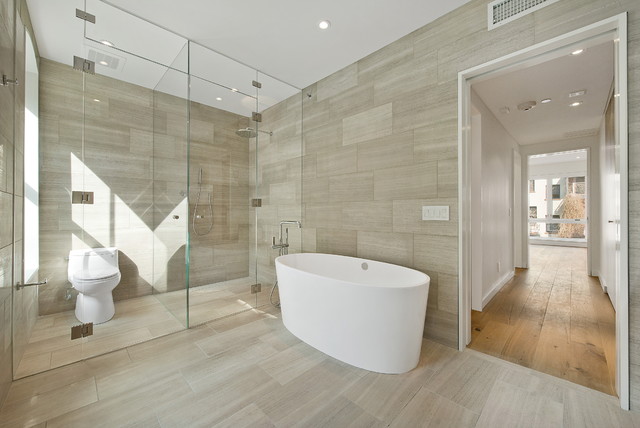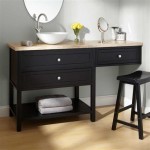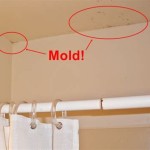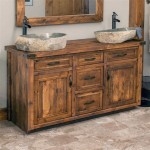How to Finish Wood for a Bathroom Floor
A bathroom floor should be durable and easy to clean, and wood can be an excellent choice. However, it's crucial to choose the right wood, prepare it properly, and apply the correct finish to ensure that it withstands the unique challenges of this high-moisture environment. This article will guide you through the process of finishing wood for a bathroom floor, covering the selection of wood, the necessary preparation steps, and the application of a suitable sealant.
Choosing the Right Wood
Not all wood species are suitable for bathroom floors. You need a wood that is naturally resistant to moisture, decay, and warping. Some excellent options include:
- Teak: A durable hardwood with natural oils that resist water and insect damage.
- Ipe: One of the hardest and densest woods, making it extremely resistant to wear and tear.
- Mahogany: A beautiful reddish-brown wood that is naturally water-resistant.
- Redwood: Known for its durability and resistance to decay, making it suitable for outdoor applications and bathrooms.
- Cedar: A fragrant wood with natural insect repelling properties and good moisture resistance.
While these woods are more expensive, they will last longer and require less maintenance than softer woods. If you're on a budget, consider using engineered hardwood flooring. It features a top layer of real hardwood laminated onto a plywood base, making it more affordable while still offering a beautiful wood finish. Regardless of your choice, ensure the wood is kiln-dried to minimize shrinkage and warping.
Preparing the Wood
Proper preparation is crucial for a durable and long-lasting bathroom floor. This involves sanding the wood to create a smooth surface, cleaning it thoroughly to remove any debris or dust, and applying a moisture-resistant sealant.
Sanding the Wood
Sanding the wood removes any imperfections and creates an even surface for the finish. Begin by removing loose knots or debris with a chisel. Then, use a random orbital sander with progressively finer grit sandpaper, starting with 80 grit, then 120 grit, and finally 220 grit for a smooth finish. Be sure to sand with the grain of the wood to avoid scratches. After sanding, vacuum the wood to remove all dust particles.
Cleaning the Wood
Thorough cleaning removes any remaining dust or debris that can interfere with the sealant. Use a tack cloth to wipe the wood surface, removing any stubborn dust particles. If necessary, you can use a mild wood cleaner diluted with water. Allow the wood to dry completely before proceeding.
Applying the Sealant
The final step in finishing your bathroom floor is applying a suitable sealant. The sealant protects the wood from moisture and prevents it from absorbing stains and dirt. There are various types of sealants available, each with its own benefits and drawbacks.
Oil-based Polyurethane
This sealant is highly durable and water-resistant, creating a protective barrier against moisture. It's available in both gloss and matte finishes, allowing you to choose the desired look for your floor. However, oil-based polyurethane has a strong odor and takes longer to dry than other options.
Water-based Polyurethane
This type of polyurethane offers similar protection to oil-based versions without the strong odor. It dries faster and is easier to clean up with soapy water. However, water-based polyurethane may be less durable than oil-based options.
Penetrating Sealer
This sealant is applied to the wood's pores, creating a moisture-resistant barrier. It allows the wood's natural grain to show through, making it a good choice for rustic or natural-looking floors. However, penetrating sealants are less durable than polyurethane finishes and require more frequent reapplication.
Apply the sealant according to the manufacturer's instructions. Use a brush or roller to apply an even coat, and avoid leaving puddles. Let the sealant dry completely before applying a second or third coat, depending on the product's requirements. Remember to allow adequate drying time between coats, and ensure proper ventilation during the process.
After the sealant is fully cured, your wood bathroom floor will be durable, beautiful, and easy to maintain. With proper care and maintenance, your wood floor can last for many years, providing a beautiful and functional addition to your bathroom.

Wood Floor Bathrooms How To Do Them Right Floorings
:max_bytes(150000):strip_icc()/bathtub-on-marble-tiles-5a1f243f96f7d000191701b2.jpg?strip=all)
15 Ideas For Wood Floors In Bathrooms
:max_bytes(150000):strip_icc()/terrain-hanging-vase-over-catty-corner-bathtub-5a1f330e9802070036023875.jpg?strip=all)
15 Ideas For Wood Floors In Bathrooms

Can You Have Wood Floors In A Bathroom Rhodium

Wood Floor Bathrooms How To Do Them Right Floorings

Wood Floor Bathrooms How To Do Them Right Floorings

Teak Shower Floor Transform Your Bathroom Into An Exotic Space
:max_bytes(150000):strip_icc()/traditional-bathroom-57feaca03df78cbc286997d1.jpg?strip=all)
15 Ideas For Wood Floors In Bathrooms

Transition Time How To Connect Tile And Hardwood Floors

How To Refinish Hardwood Floors The Home Depot
Related Posts







